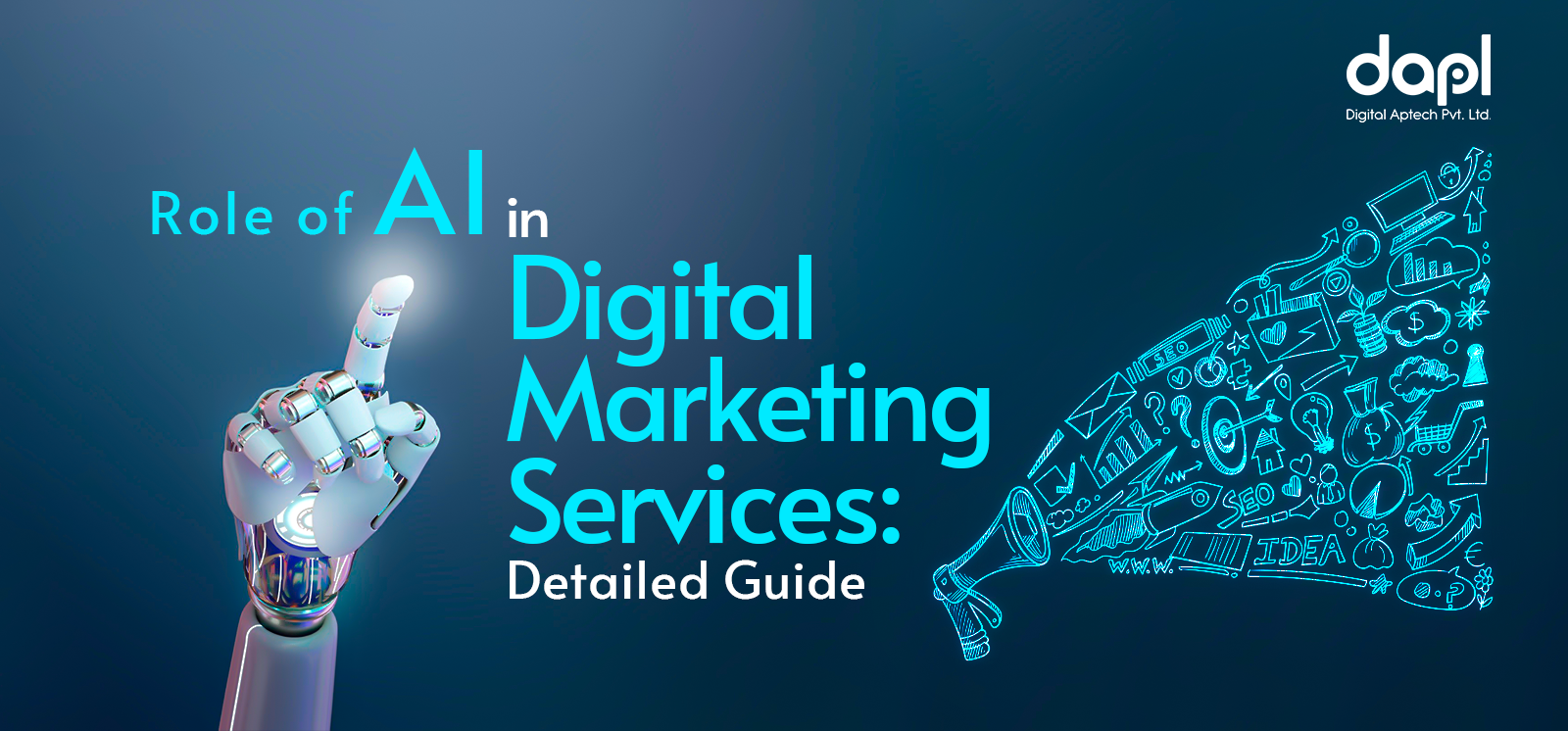Digital transformation aims at enhancing the student-teacher experience. Personalized learning approaches can transform student life remarkably. Online learning can impact students’ lives after the pandemic as the world economy is severely affected. Even the education industry came within its shackles. Many students all over the world are not able to attend school physically. Educationists are trying to find technological solutions to enhance remote learning creating a revolutionary effect worldwide. However, you must understand that the digital transformation in the education arena is limited to education or knowledge in the post covid era.
Many educational institutions have used technology to understand the significance of digital transformation to enhance instructions. After the covid outbreak, the need for remote learning was realized more universally worldwide. Governments are trying to mitigate the effect of Covid by promoting the continuity of education for all the students.
Understanding the critical areas of digital transformation in the sector of education
Schools are providing students with remote learning opportunities, and they are also trying to imbibe new technological solutions to make remote learning a productive interaction.
Using coaching technologies for better classroom interactions
After the pandemic, many coaching classes got closed. Nearly most of the institutions adopted digital means of education and approaches. However, still, the concept is unclear to many. Even after the Covid pandemic, schools were unsure of restarting, and parents were uncertain about sending the kids to school. Nevertheless, institutions are forced to accept digital means of education or remote learning.
Thermal screening
It will be imperative to record the temperature of students and teachers with adequate sanitation and hygiene measures. After realizing that a student-teacher got contaminated, precautionary measures became mandatory. Having regular health checkups in these institutions will also have many other benefits. It will help the student remain healthy, and their academic performance will also not be hampered.
The contactless procedure of attendance
Nowadays, many restaurants use a contactless menu where customers can use a QR code to find out the menu on their mobile phone. Education institutions can also take advantage of this technology by scanning ID cards or using any face recognition application to record students’ attendance. Having a biometric application can also be a decent contactless option.
Automation and efficiency
Undoubtedly, there is no hidden fact that teaching is all about lateral activities, including participation, classification, communication, and many other educational activities. Teachers must acquire digital tools to foster learning among students. Teaching with digital tools will be more productive for the teacher and students.
Development of life skills
The ideal time to study is when your mind is still growing, and educationists use this opportunity to use technology for better life education. Educationists make efforts to introduce younger students to technology that will foster life skill development among them. Multimedia presentations can help them devise search programs.
Video integration
Schools use technologies and various platforms for conducting video conferences for multiple classes. Students are also giving examinations online as such organizations have realized that they can integrate these applications to construct a seamless education experience on a digital platform by using technological advancement that came into the picture overnight.
Learning through virtual or augmented reality
Educators can use these technologies to teach biology, geography, and history and bring them to life, helping students understand these subjects better. Many universities abroad use this kind of simulation effect to help students understand multiple scientific experiments.
Advantages of digital transformation in the field of education
It helps to track student results and makes it more realistic by enabling them to monitor the success of each student; technology is a crucial aspect that can help both parents and teachers track the development of their kids. For example, students can use creative work, and manuals can be digitally recorded for better understanding.
Cooperative or collaborative learning is a very crucial part of digital learning. Teachers can handle groups through digital learning platforms, helping them make presentations.
Curriculums that focuses on future
Teachers should teach students about artificial intelligence, as it is not just a part of sci-fi movies. Teachers must imbibe changes in the curriculum through digital tools. Nowadays, students can frequently update material and content, fostering better learning abilities.
It is more time saving
The digitalization of any aspect of human life is time-saving. You need to log in to an application and devote time to learn something new instead of wasting hours on the road stuck in traffic. With digital education, students do not have to travel, saving a lot of hours. Many students can get digital training in various parts of the country.
Nowadays, many companies hire infrastructures and systems with a technological orientation as such digital transformation of the education setup can only happen when it complies with digital technologies of the modern world for better advancement.
If educationists can digitalize the experience of teaching and learning, then both teachers and students can improve their skills by creating a better interactive educational process.
Hence, digital transformation can be applied to various integration aspects, including intelligence, schooling, online learning, student assessment, online examinations, and even customized learning experience.




